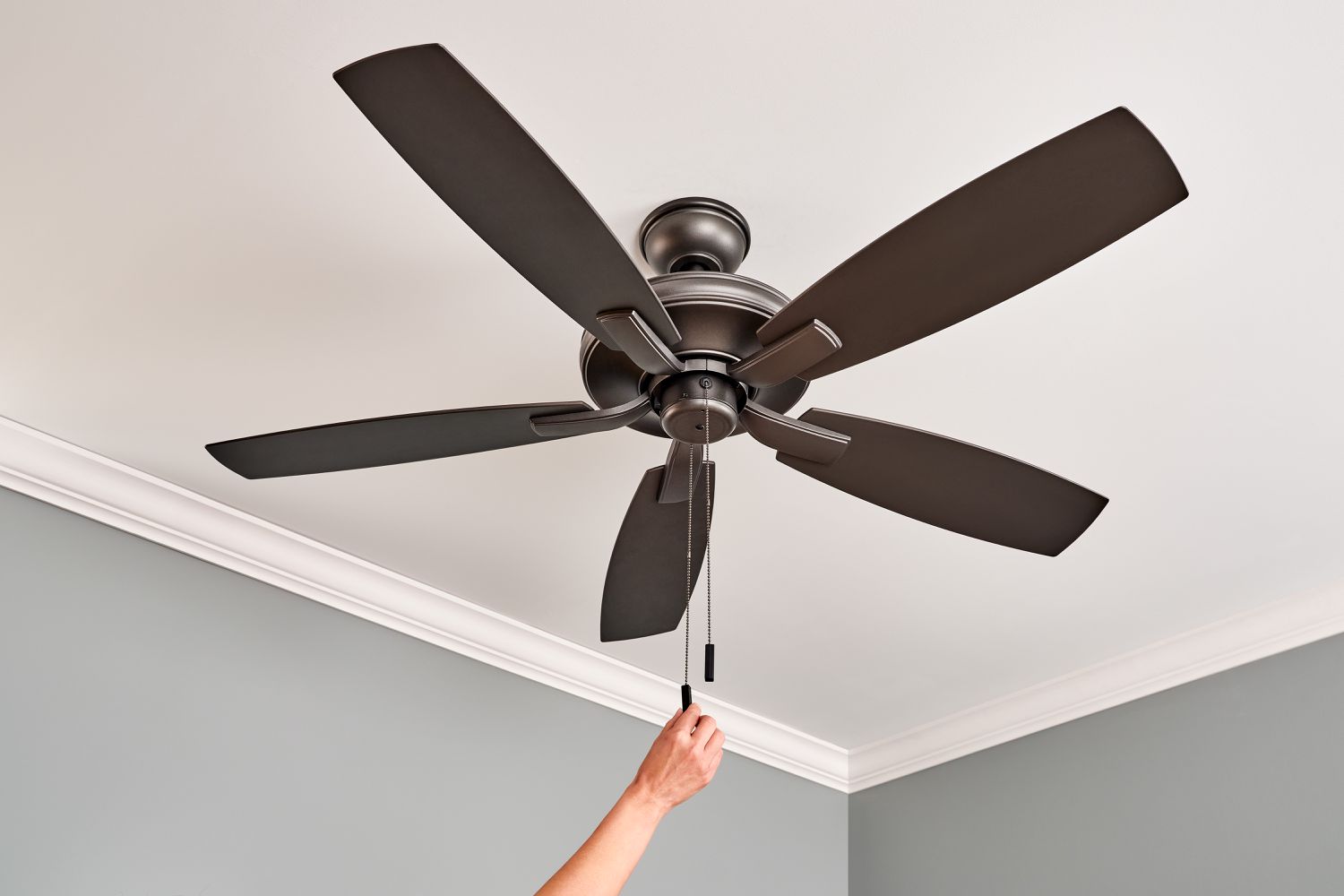

Articles
What Way Should Ceiling Fan Turn In Summer
Modified: March 19, 2024
Discover the best way to set your ceiling fan rotation in the summer months. Read our informative articles and stay cool during hot weather.
(Many of the links in this article redirect to a specific reviewed product. Your purchase of these products through affiliate links helps to generate commission for Storables.com, at no extra cost. Learn more)
Introduction
Welcome to the world of ceiling fans, where a simple appliance can make a significant difference in your comfort during the hot summer months. Ceiling fans are not only functional but also serve as an aesthetically pleasing addition to any room. However, to fully leverage the cooling power of your ceiling fan, it is essential to understand the right direction for it to turn in summer.
Ceiling fan direction plays a crucial role in maximizing airflow and creating a comfortable environment. It may seem like a small detail, but knowing which way your ceiling fan should turn in summer can make a noticeable impact on your cooling efficiency, energy consumption, and overall comfort level.
So, if you’re ready to unlock the full potential of your ceiling fan and keep your living spaces cool and comfortable during those scorching summer days, read on. In this article, we will explore the ins and outs of ceiling fan direction in summer, discuss its benefits, and provide recommendations for the most optimal settings.
Key Takeaways:
- Maximize your comfort and energy efficiency by setting your ceiling fan to rotate counterclockwise in summer. Enjoy a refreshing breeze, improved air circulation, and potential energy savings.
- Debunk common myths and misconceptions about ceiling fans. Understand their capabilities, optimize settings, and create a comfortable environment tailored to your specific needs.
Understanding Ceiling Fan Direction
Before we dive into the specifics of ceiling fan direction in summer, it’s worth understanding the basics of how ceiling fans work.
Typically, ceiling fans have reversible motors that allow them to operate in two different directions: clockwise (referred to as the “winter” or “reverse” mode) and counterclockwise (known as the “summer” mode). These different directions serve different purposes depending on the season.
In summer, the ceiling fan should rotate in a counterclockwise direction. This creates a downdraft, which creates a direct breeze that you can feel on your skin. A counterclockwise rotation directs airflow downward, creating a cooling effect on your body.
Conversely, during winter, the ceiling fan should rotate in a clockwise direction. This upward draft helps distribute warm air that naturally rises to the ceiling, pushing it back down and redistributing it throughout the room. This can help improve heating efficiency and keep the room warmer.
Understanding the proper direction for your ceiling fan is crucial because it ensures that you are optimizing the airflow for the season, maximizes your comfort level, and reduces unnecessary energy consumption.
Now that we have a fundamental understanding of ceiling fan direction, let’s explore the benefits of using the correct direction during summer.
Benefits of Correct Ceiling Fan Direction in Summer
Using the correct ceiling fan direction in summer can bring numerous benefits, both in terms of comfort and energy efficiency. Let’s take a closer look at why it’s important to have your ceiling fan rotating in the counterclockwise direction during the hot summer months:
- Cooling Effect: When the ceiling fan rotates counterclockwise, it creates a breeze that directly cools your body through the process of evaporation. The airflow generated by the fan helps to dissipate sweat, making you feel cooler and more comfortable, even on the hottest days.
- Energy Efficiency: A properly set ceiling fan can make your air conditioning system more efficient. By using the ceiling fan in conjunction with your AC, you can raise the thermostat a few degrees without sacrificing comfort. The fan’s airflow creates a wind-chill effect, which makes the room feel cooler without actually lowering the temperature. This can lead to energy savings and reduced electricity bills.
- Improved Air Circulation: In addition to the direct cooling effect, a counterclockwise rotation also helps to circulate the air in the room. Stagnant air can feel stuffy and uncomfortable, but the gentle breeze from the ceiling fan promotes air movement, reducing the feeling of stuffiness and keeping the room fresh and pleasant.
- Even Distribution of Cool Air: When the ceiling fan is rotating counterclockwise, it helps to disperse cool air evenly throughout the room. This prevents hot spots and ensures a more consistent and comfortable temperature throughout the space. It also reduces the chances of drafts and cold spots in room corners by promoting proper air circulation.
- Noisy Environment: In addition to the cooling benefits, the gentle humming sound of a ceiling fan can help mask other unwanted noise in the environment. This can be particularly helpful in urban areas or in rooms near busy streets, where the constant low-level noise from the fan can create a more serene and peaceful atmosphere.
Now that we understand the benefits of using the correct ceiling fan direction in summer, let’s move on to recommendations for setting the direction of your ceiling fan for optimal comfort and efficiency.
Recommendations for Ceiling Fan Direction in Summer
Now that we’ve established the importance of using the correct ceiling fan direction in summer, let’s dive into some recommendations for setting the direction of your ceiling fan to ensure optimal comfort and efficiency:
- Check the Switch: Most ceiling fans have a switch located on the motor housing that allows you to change the direction of the fan. Make sure to locate this switch and ensure that it is set to the appropriate direction for summer (usually counterclockwise).
- Use the Remote Control: If your ceiling fan comes with a remote control, it may have a specific button or setting that allows you to change the fan’s direction. Refer to your fan’s instruction manual to determine how to adjust the direction using the remote control.
- Ensure Proper Blade Angle: The angle or pitch of the fan blades can also affect the effectiveness of the airflow. For summer, set the blades at a steeper angle (around 14-16 degrees), which helps create a stronger downdraft to maximize cooling effect. Check your fan’s instruction manual for guidance on adjusting the blade angle.
- Optimal Speed Setting: Experiment with different speed settings to find the one that offers the best balance of airflow and comfort. Generally, a medium or high speed setting is recommended for summer, but adjust based on personal preference and room size.
- Consider Dual Directional Fans: Some ceiling fans are designed with dual-directional capabilities, allowing you to switch between summer and winter mode with ease. If you live in a region with extreme climate variations, a dual-directional fan can be a worthwhile investment.
Remember to adjust your ceiling fan direction as the seasons change. When the cooler months arrive, switch the direction to clockwise to optimize the distribution of warm air. By following these recommendations, you can maximize the benefits of your ceiling fan and ensure a comfortable and efficient cooling experience throughout summer.
Now that we have covered the recommendations, let’s address some key factors to consider when determining the direction of your ceiling fan in summer.
During the summer, ceiling fans should rotate counterclockwise to create a cooling breeze. This will help to make the room feel cooler and reduce the need for air conditioning.
Factors to Consider for Ceiling Fan Direction in Summer
When determining the direction for your ceiling fan in summer, it’s important to consider a few key factors to ensure optimal effectiveness. Let’s take a look at these factors:
- Room Size: The size of the room plays a role in determining the ideal ceiling fan direction. In larger rooms, it may be more beneficial to have multiple fans or use a higher-speed setting to ensure adequate airflow and circulation.
- Ceiling Height: Ceiling height can impact the efficiency of ceiling fans. For rooms with standard ceiling heights, the standard fan installation should provide sufficient airflow. However, for rooms with high or vaulted ceilings, consider installing an extension rod to lower the fan closer to the optimal level for air circulation.
- Room Function: Consider the function of the room when determining the ceiling fan direction. For instance, in bedrooms, you may prefer a gentler airflow for a peaceful sleep. On the other hand, areas with high heat sources or activities that generate heat (such as kitchens or home gyms) may require a higher speed setting to counterbalance the additional warmth.
- Outdoor Spaces: Outdoor spaces, such as covered patios or porches, might require specialized outdoor ceiling fans. These fans are designed to withstand elements and often have different directions and speed settings tailored to outdoor conditions. Make sure to select the appropriate fan for your outdoor space and adjust the direction accordingly.
- Personal Preference: Ultimately, personal preference and comfort level should be taken into account. Experiment with different fan speeds and directions to find the setting that suits your personal comfort needs the best. Some individuals may prefer a stronger breeze, while others might find a gentler airflow more comfortable.
Considering these factors when setting the direction of your ceiling fan in summer will help ensure that you maximize the benefits of your fan and create the most comfortable environment for your needs.
Now, let’s address some common myths and misconceptions about ceiling fan direction in summer.
Read more: What Way Should Fan Spin In Summer
Common Myths and Misconceptions about Ceiling Fan Direction in Summer
There are a few common myths and misconceptions surrounding the direction of ceiling fans in summer. Let’s debunk these misunderstandings and set the record straight:
- Myth: Ceiling fans cool the room. Ceiling fans do not lower the temperature of a room; instead, they create a wind-chill effect that makes you feel cooler. The movement of air across your skin helps to evaporate moisture, providing a cooling sensation. It’s important to remember that ceiling fans only provide comfort and do not actively cool the room.
- Myth: Ceiling fans cool the air. Ceiling fans do not actually cool the air in the room; instead, they circulate the existing air to create a cooling sensation on your skin. This is why it’s crucial to turn the fan off when you leave the room, as the circulating air only provides a cooling effect when you are in its path.
- Myth: Using a larger fan creates more cooling effect. The size of the fan does not solely determine its cooling effect. Factors such as blade angle, speed setting, and airflow distribution play a significant role in creating the desired cooling effect. It’s important to choose the right fan size for your room and optimize its settings for maximum effectiveness.
- Misconception: Ceiling fans are only for summer use. While ceiling fans are highly effective in providing a cooling breeze during summer months, they can also be beneficial in other seasons. By switching the direction to clockwise during winter, ceiling fans can help distribute warm air throughout the room, improving heating efficiency and reducing energy costs.
- Misconception: Ceiling fans should always run at high speed. While running your fan at high speed might provide a stronger breeze, it may not always be necessary or desirable. Consider the size of the room, personal preference, and the activities taking place in the area. In some cases, a medium or low speed setting might be more appropriate and energy-efficient.
By debunking these myths and misconceptions, you can make well-informed decisions about the use of your ceiling fan and understand its limitations and benefits more accurately.
Now, let’s conclude our discussion on ceiling fan direction in summer.
Conclusion
Ceiling fan direction is a critical factor in creating a comfortable and efficient environment during the hot summer months. By understanding the correct direction for your ceiling fan to rotate, you can maximize its cooling benefits and enhance your overall comfort levels.
Setting your ceiling fan to rotate counterclockwise in summer helps create a refreshing breeze that promotes evaporative cooling, improves airflow circulation, and provides a cooling sensation on your skin. This not only increases your comfort but also allows you to potentially raise your thermostat a few degrees, reducing energy consumption and saving on electricity bills.
Consider the factors that can influence your ceiling fan’s effectiveness, such as room size, ceiling height, and personal preference. Adjust the fan’s speed and blade angle to optimize its performance based on your specific needs and the activities taking place in the room.
It’s important to debunk common myths and misconceptions surrounding ceiling fan direction, such as expecting fans to cool the air or believing that bigger fans are always better. Understanding the true capabilities and limitations of ceiling fans allows you to make informed decisions about their usage and maximize their benefits.
So, as the temperature rises, remember to set your ceiling fan to rotate counterclockwise in summer to create a refreshing breeze, improve air circulation, and enhance your overall comfort. Stay cool, save energy, and enjoy a comfortable summer with the proper ceiling fan direction.
Thank you for reading, and may your summer be filled with cool moments and refreshing breezes!
Frequently Asked Questions about What Way Should Ceiling Fan Turn In Summer
Was this page helpful?
At Storables.com, we guarantee accurate and reliable information. Our content, validated by Expert Board Contributors, is crafted following stringent Editorial Policies. We're committed to providing you with well-researched, expert-backed insights for all your informational needs.
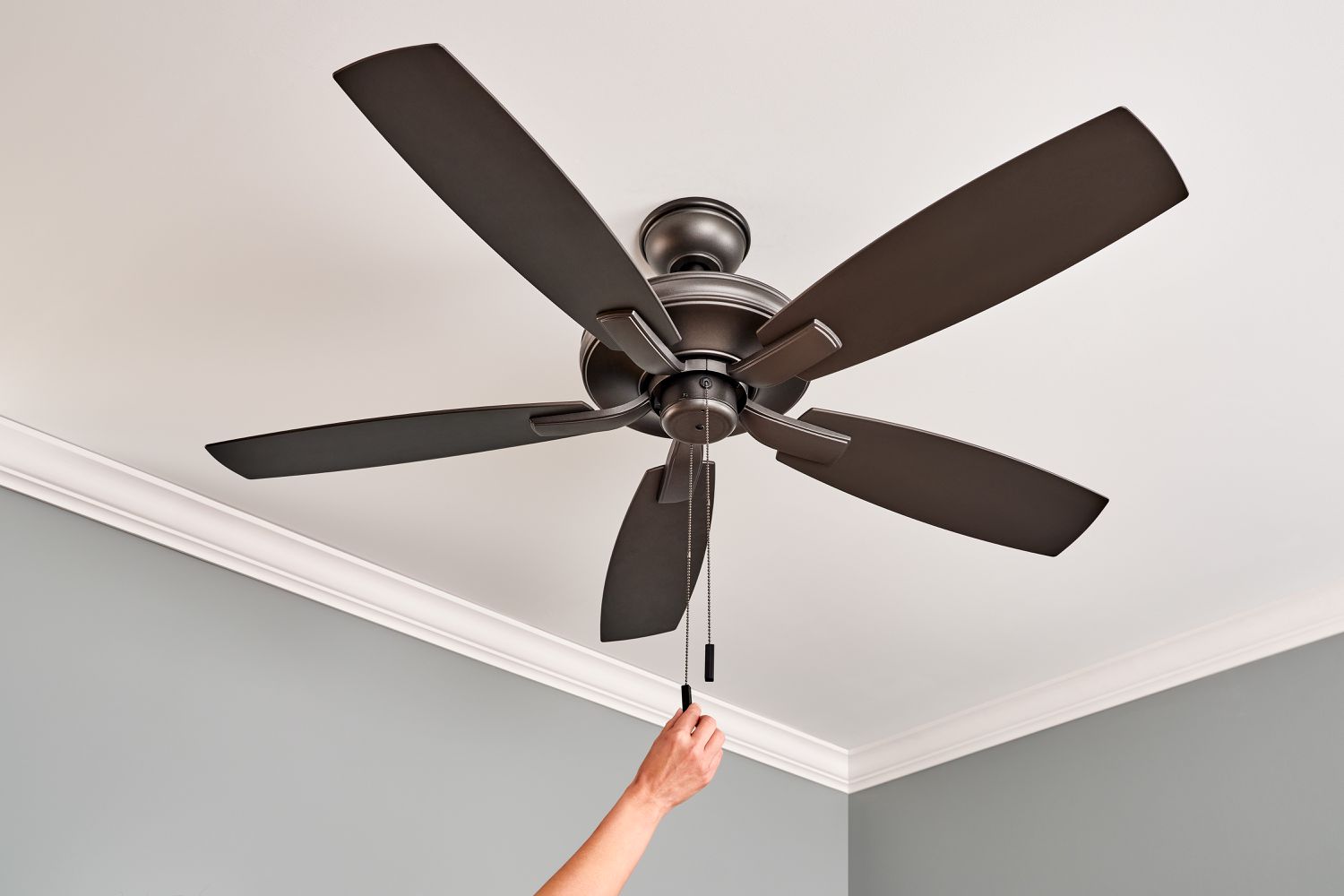
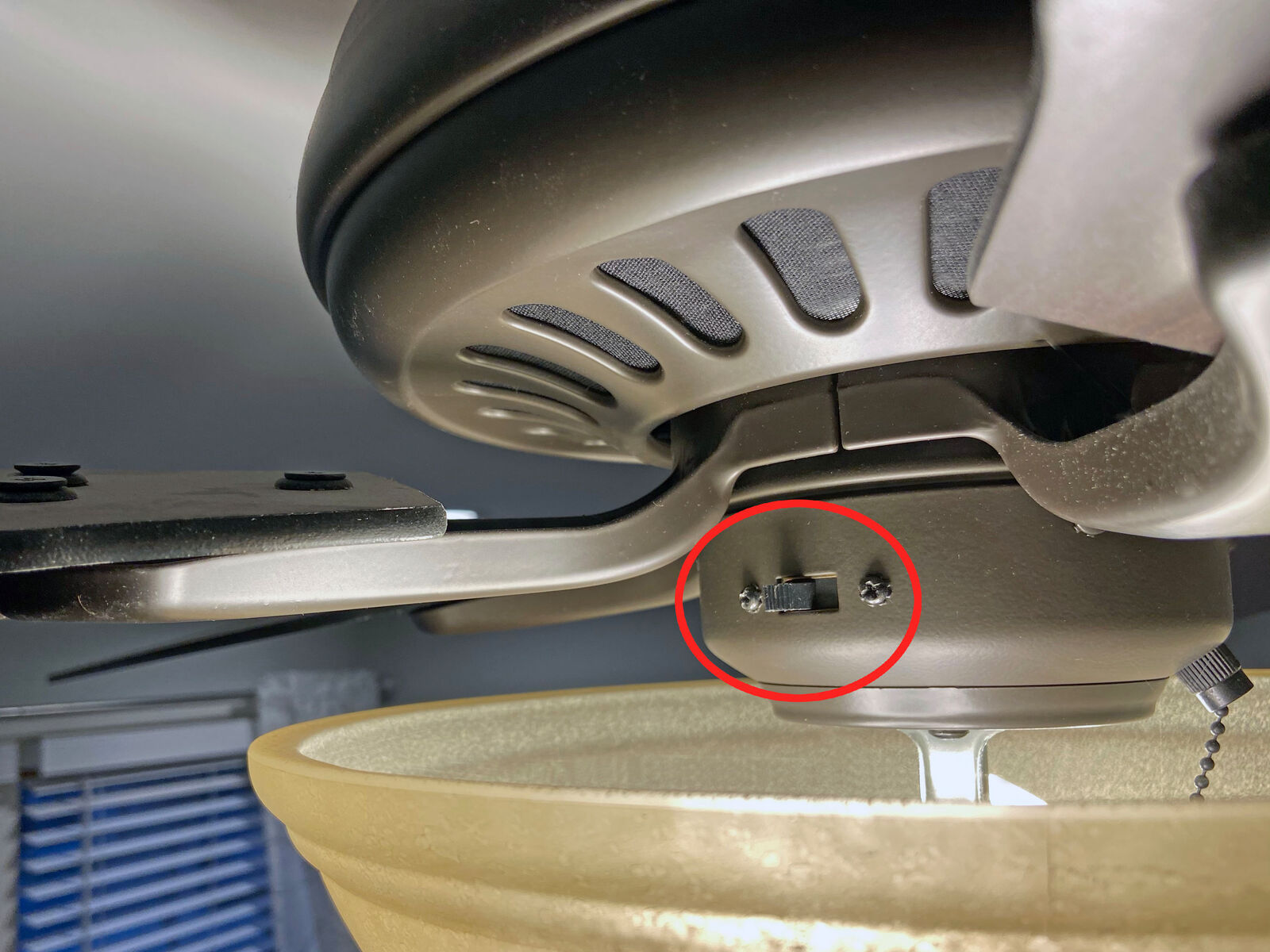
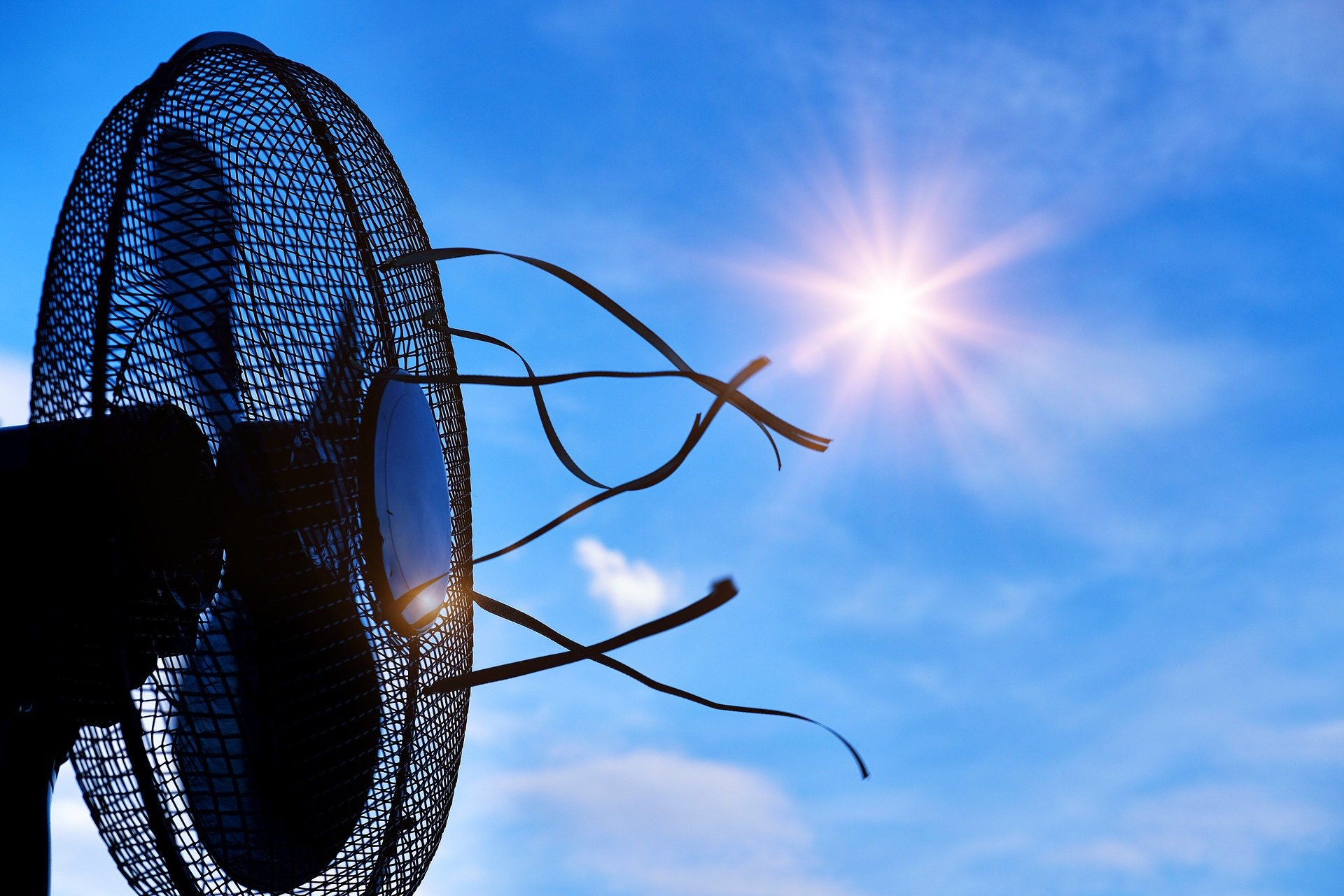
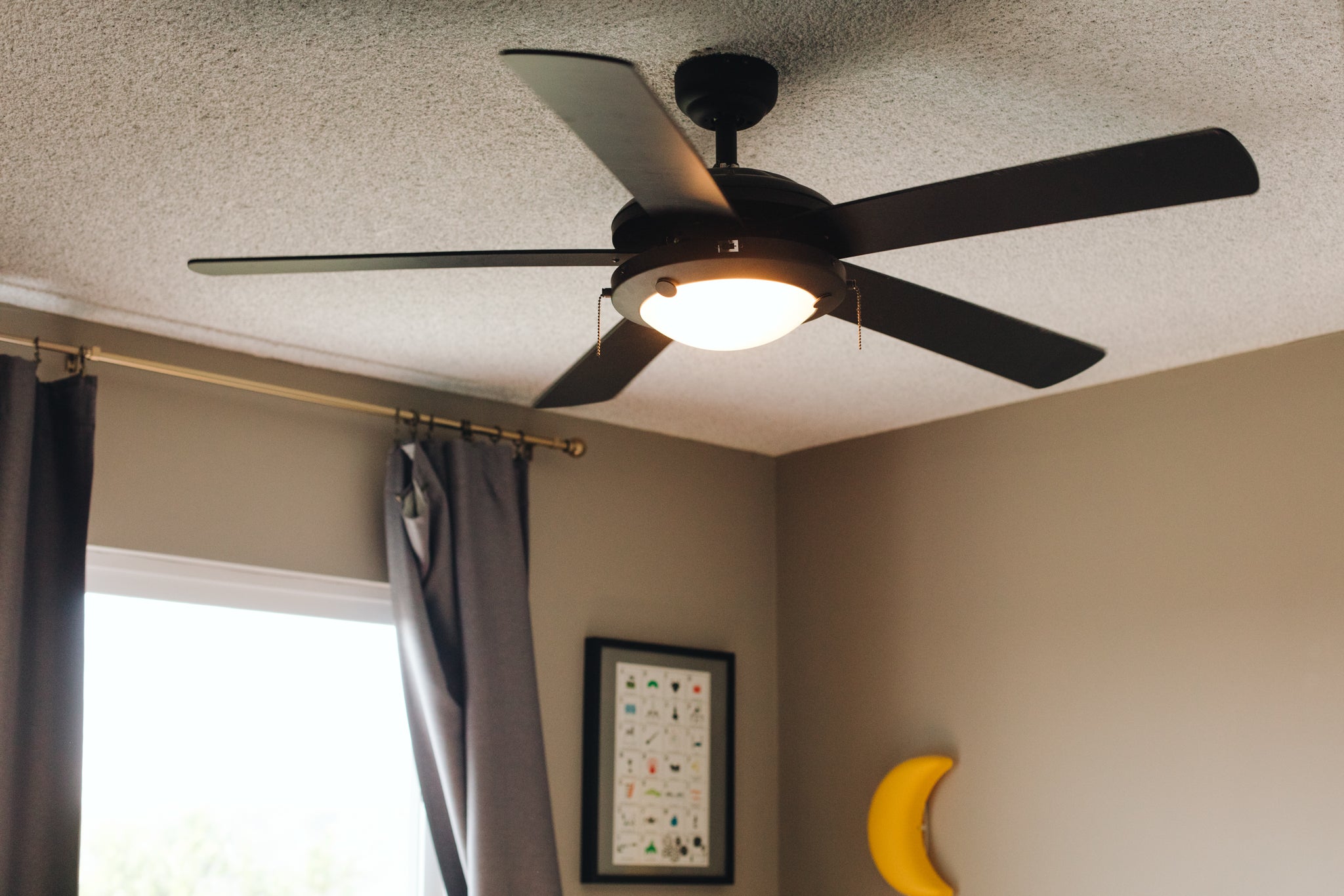
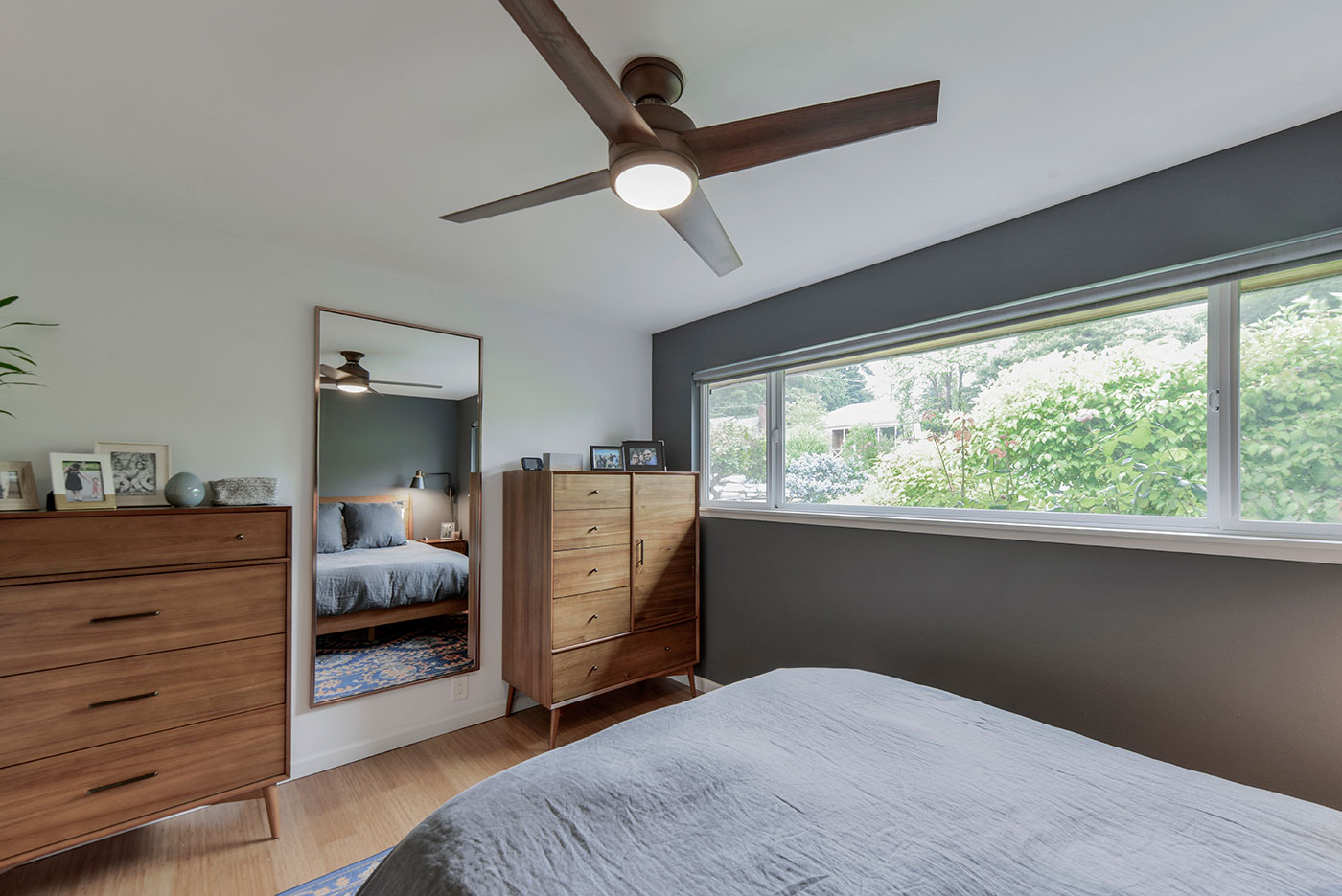
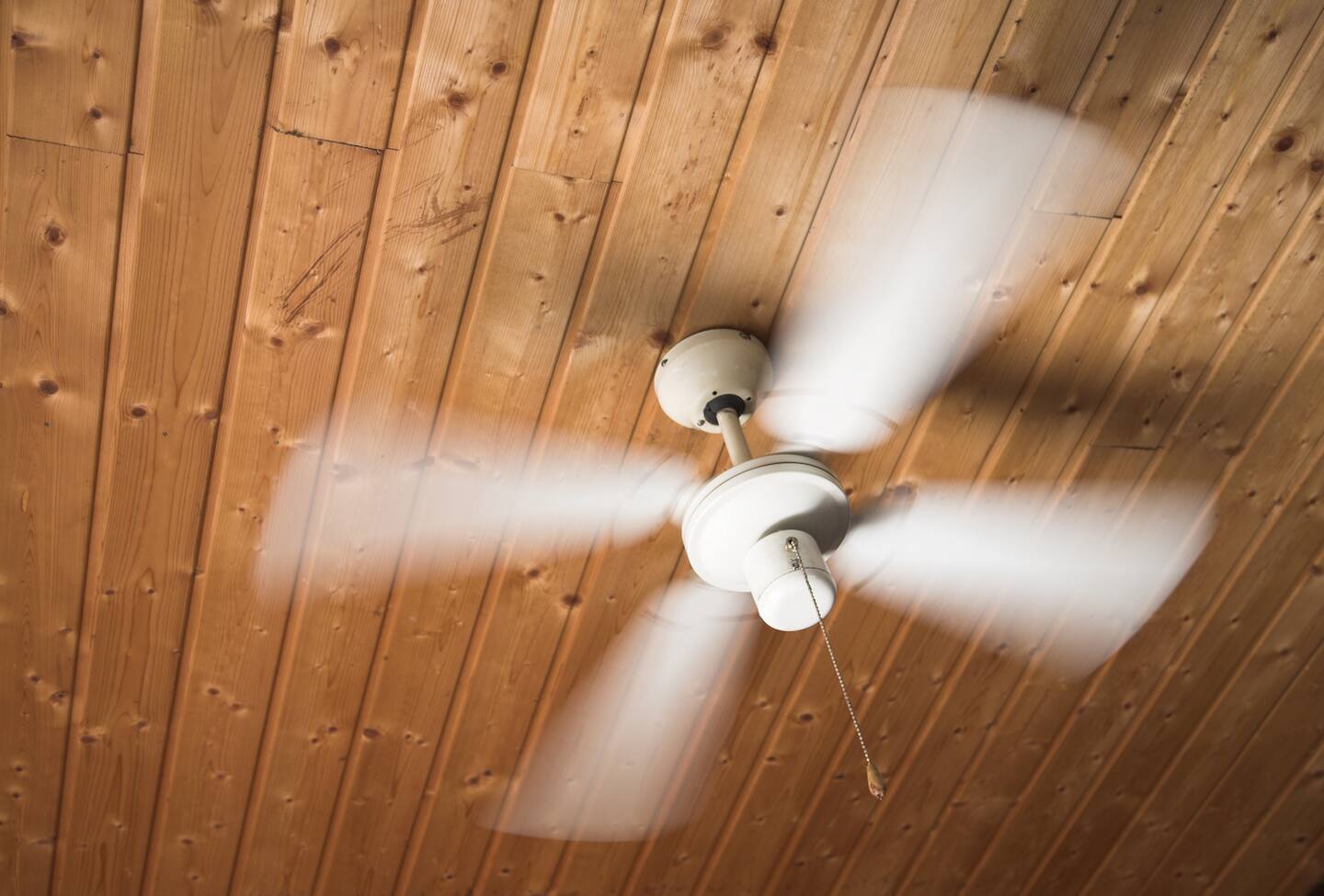
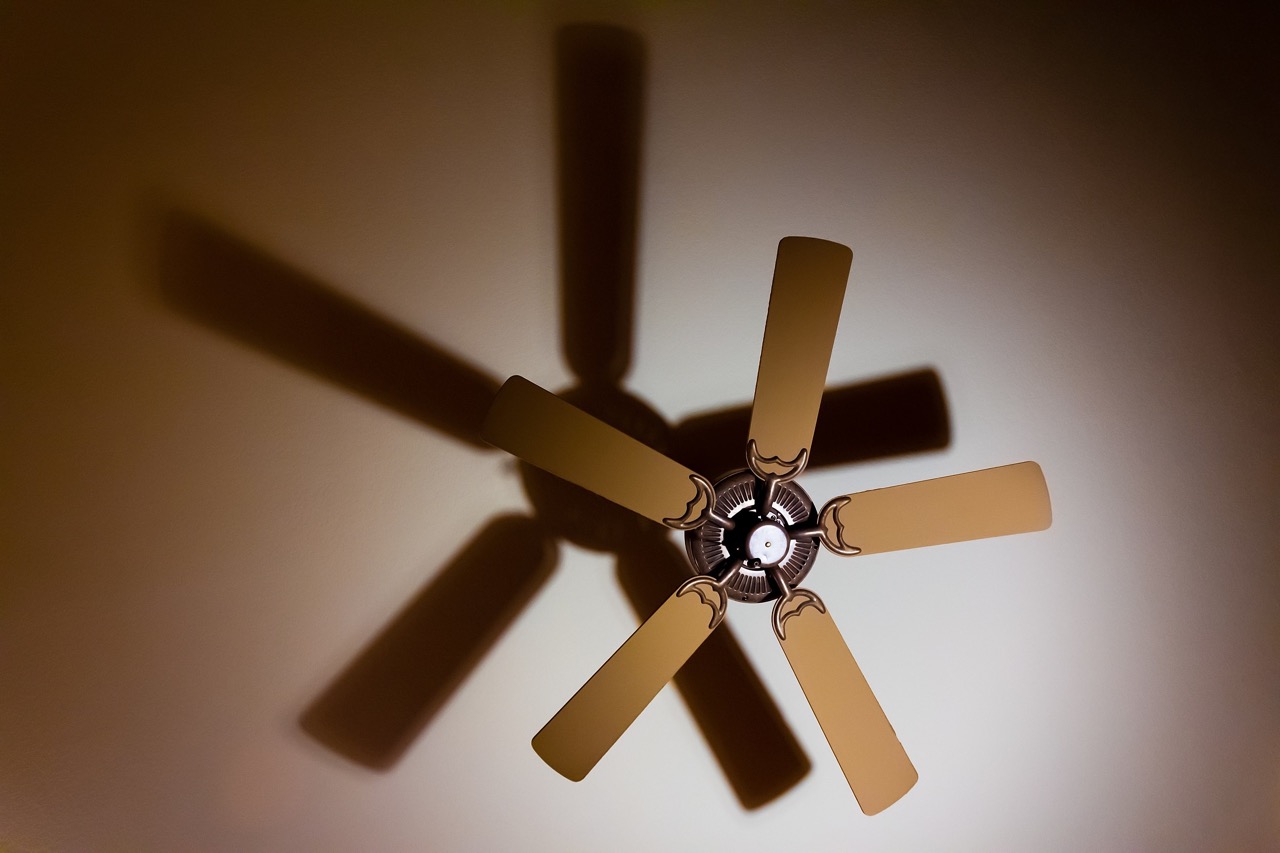
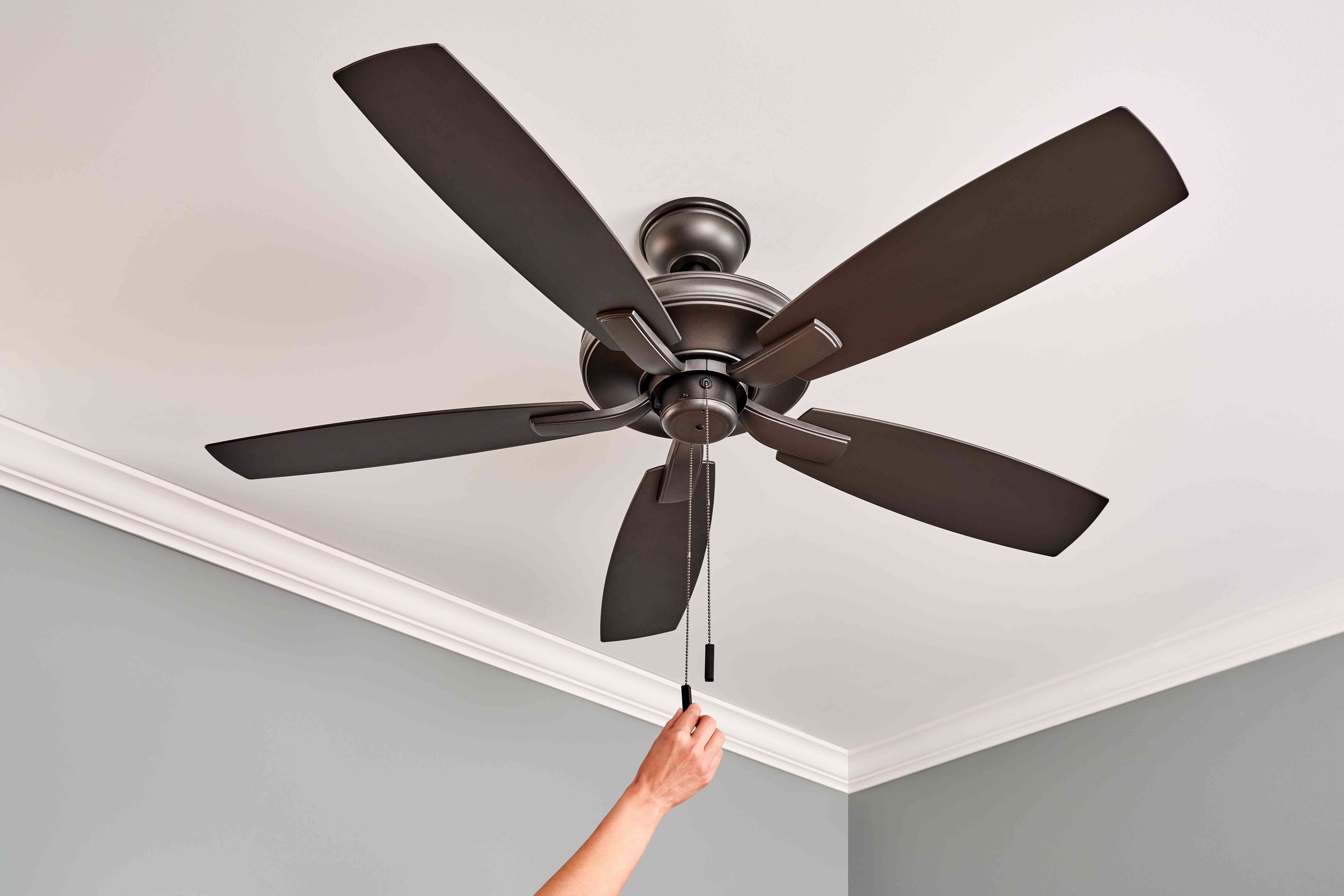
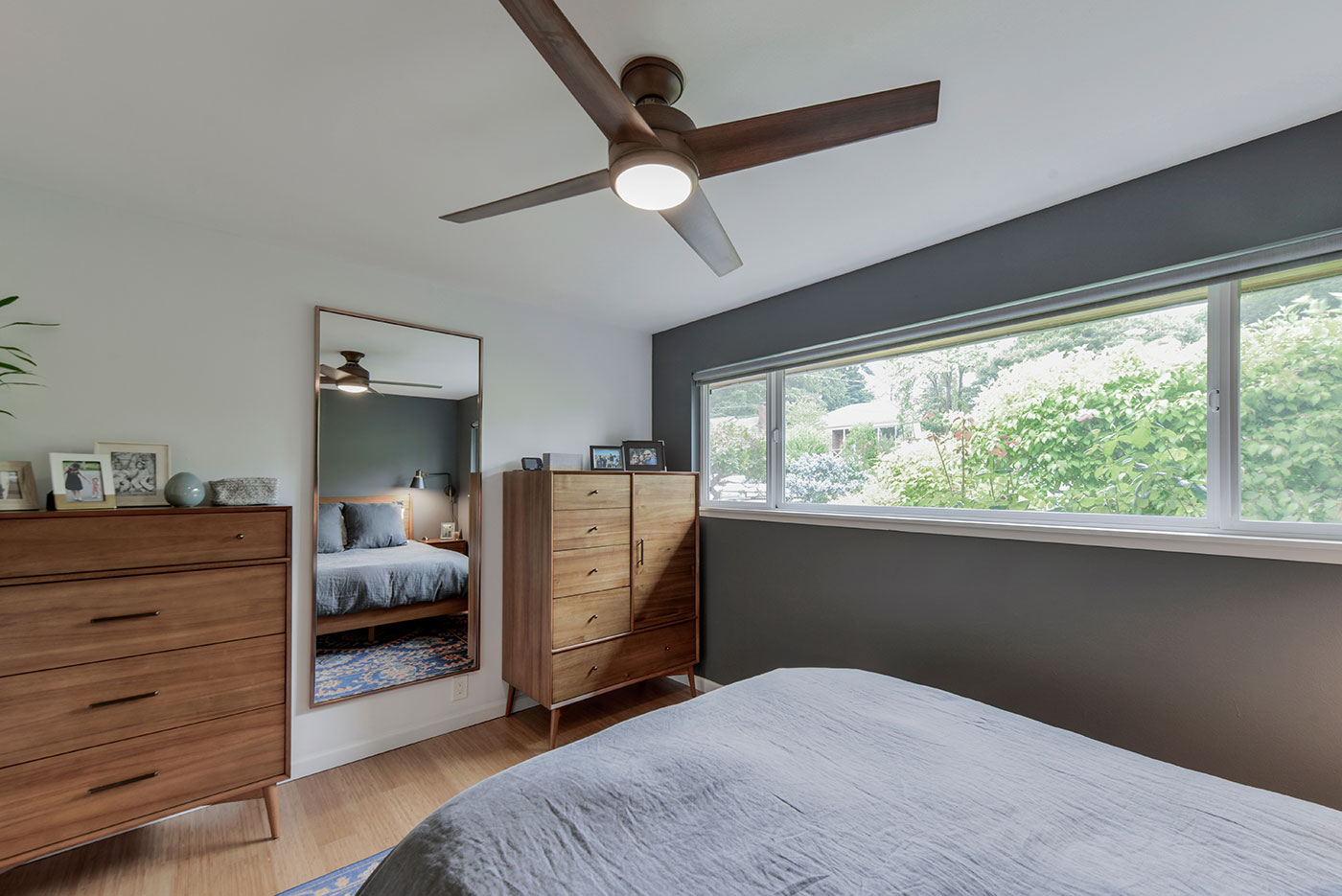
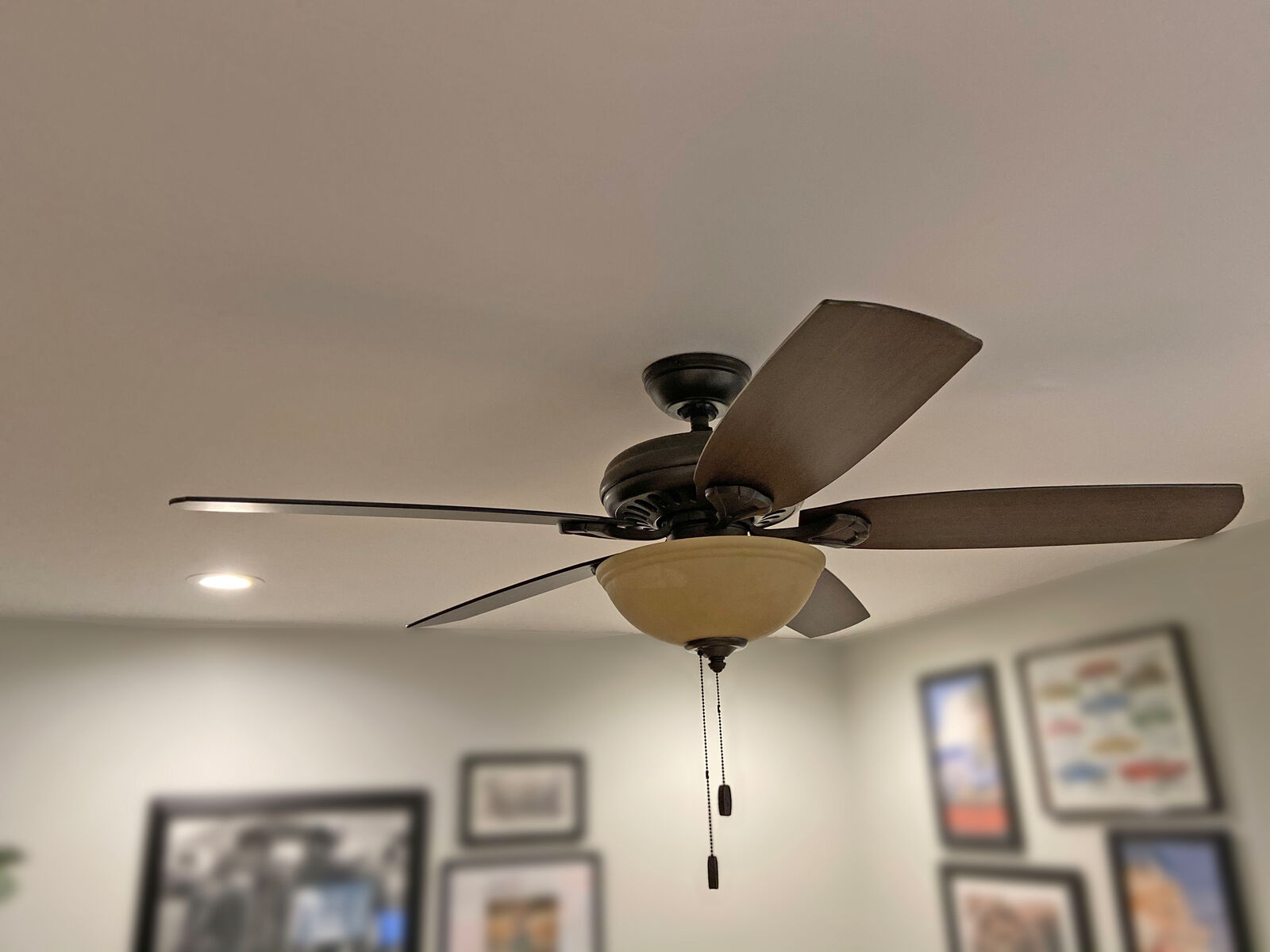
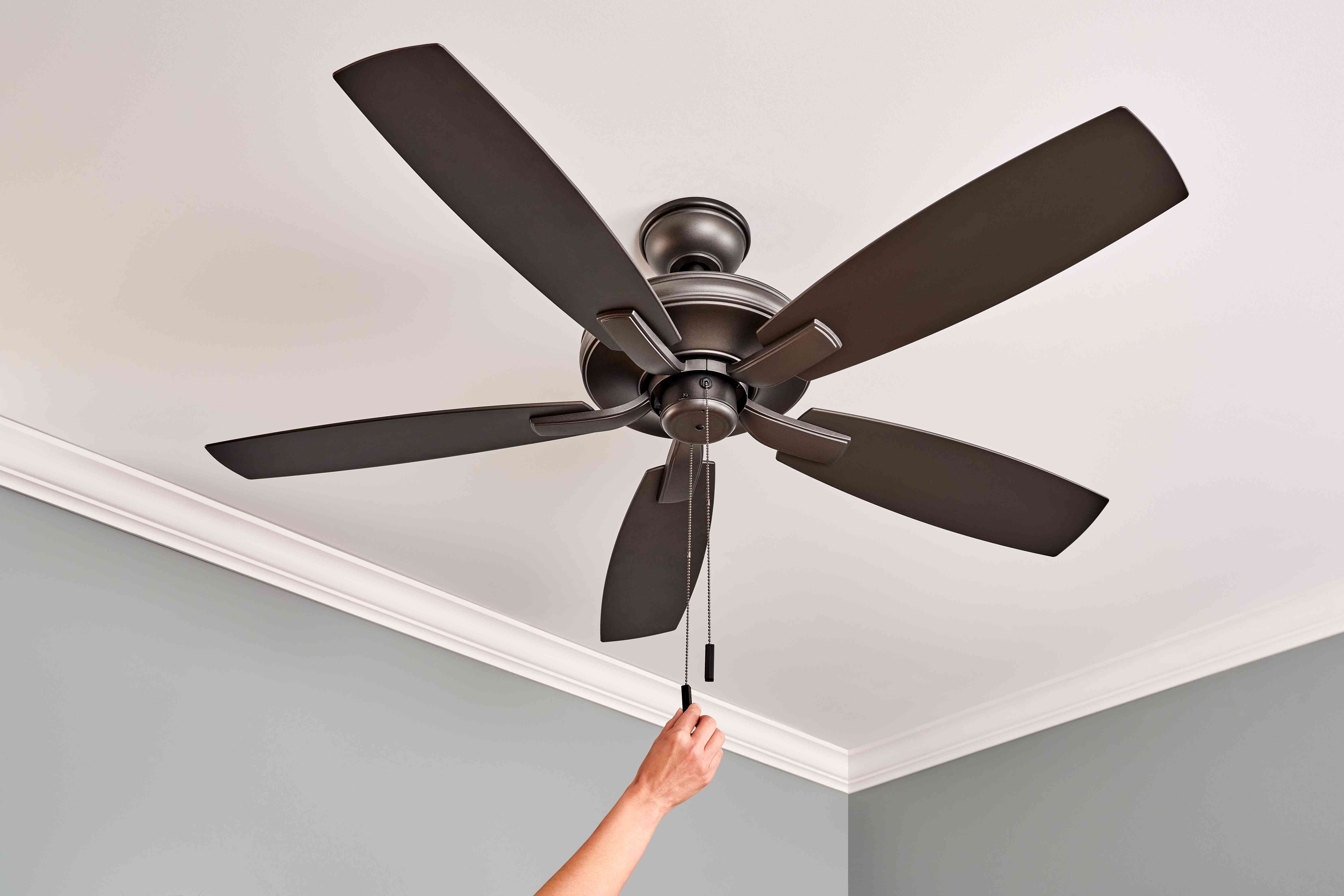
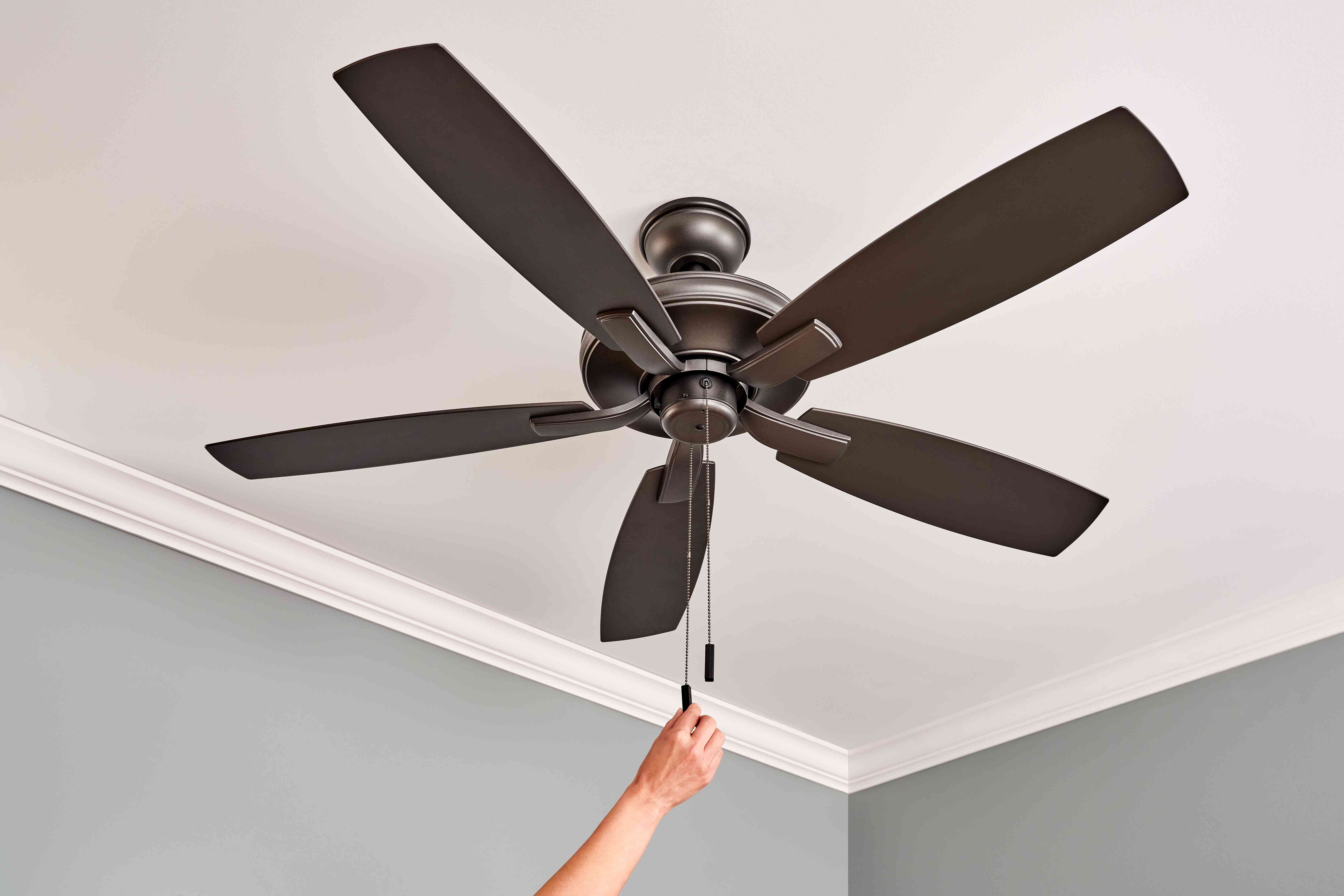
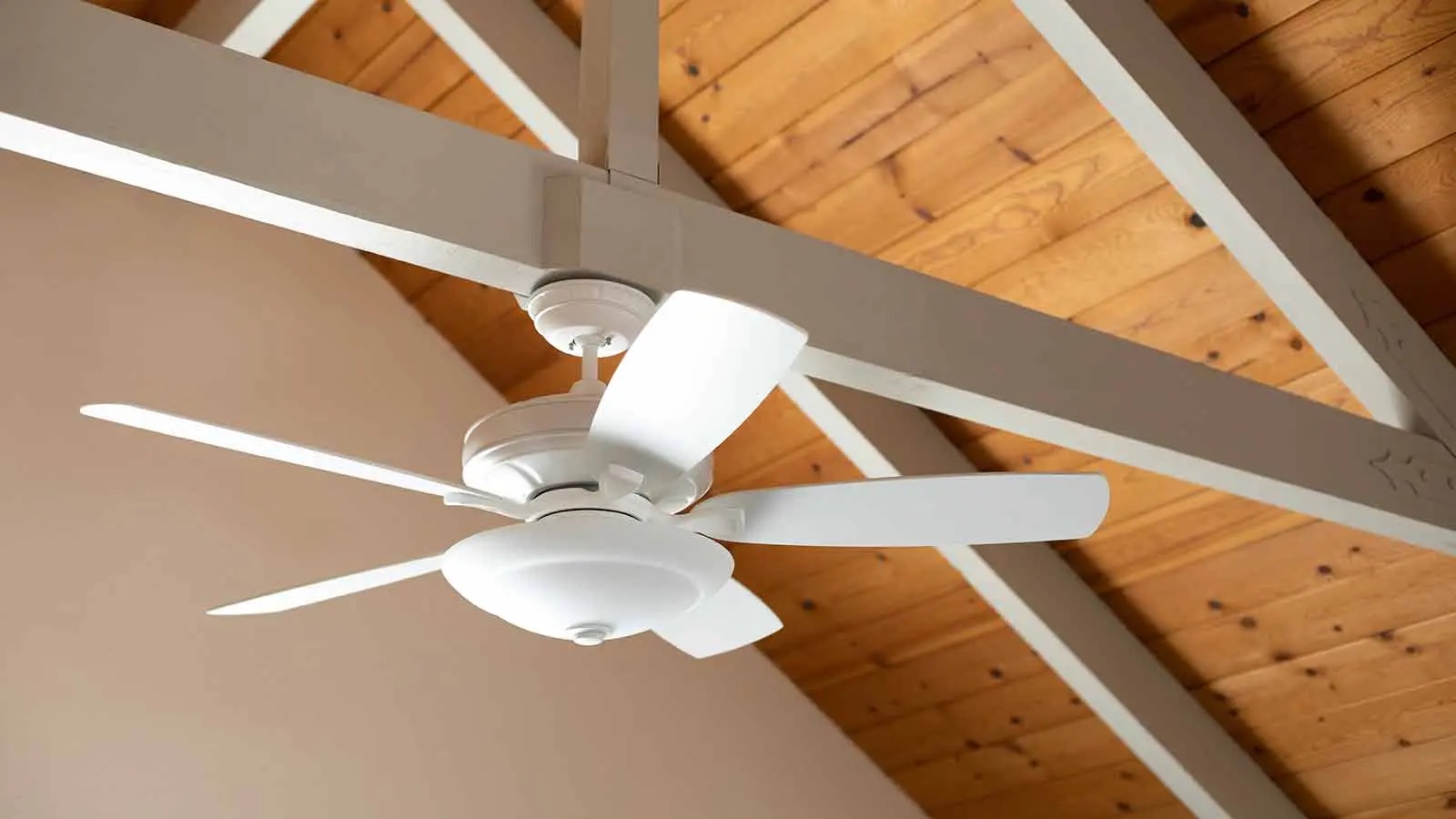
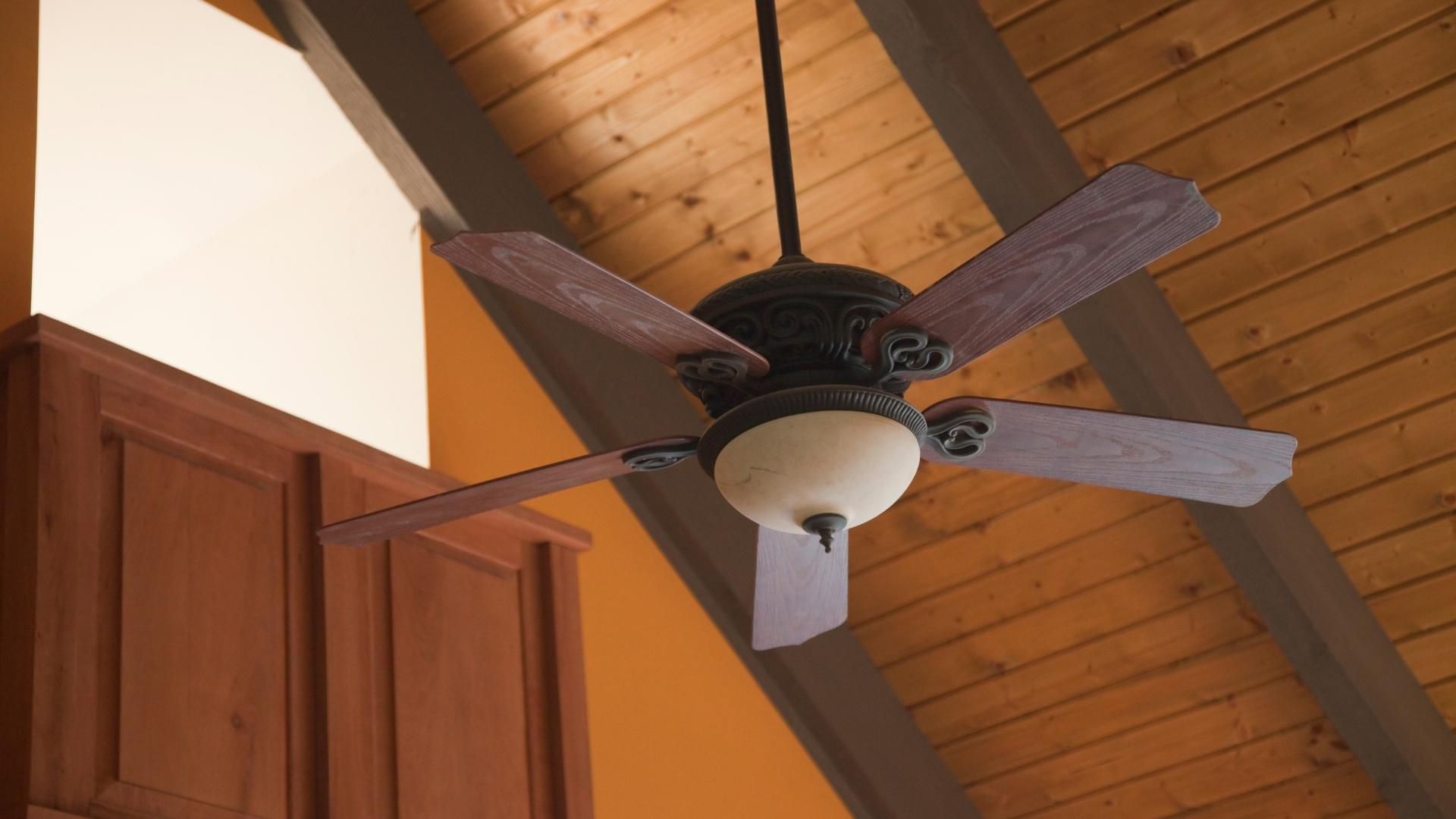

0 thoughts on “What Way Should Ceiling Fan Turn In Summer”